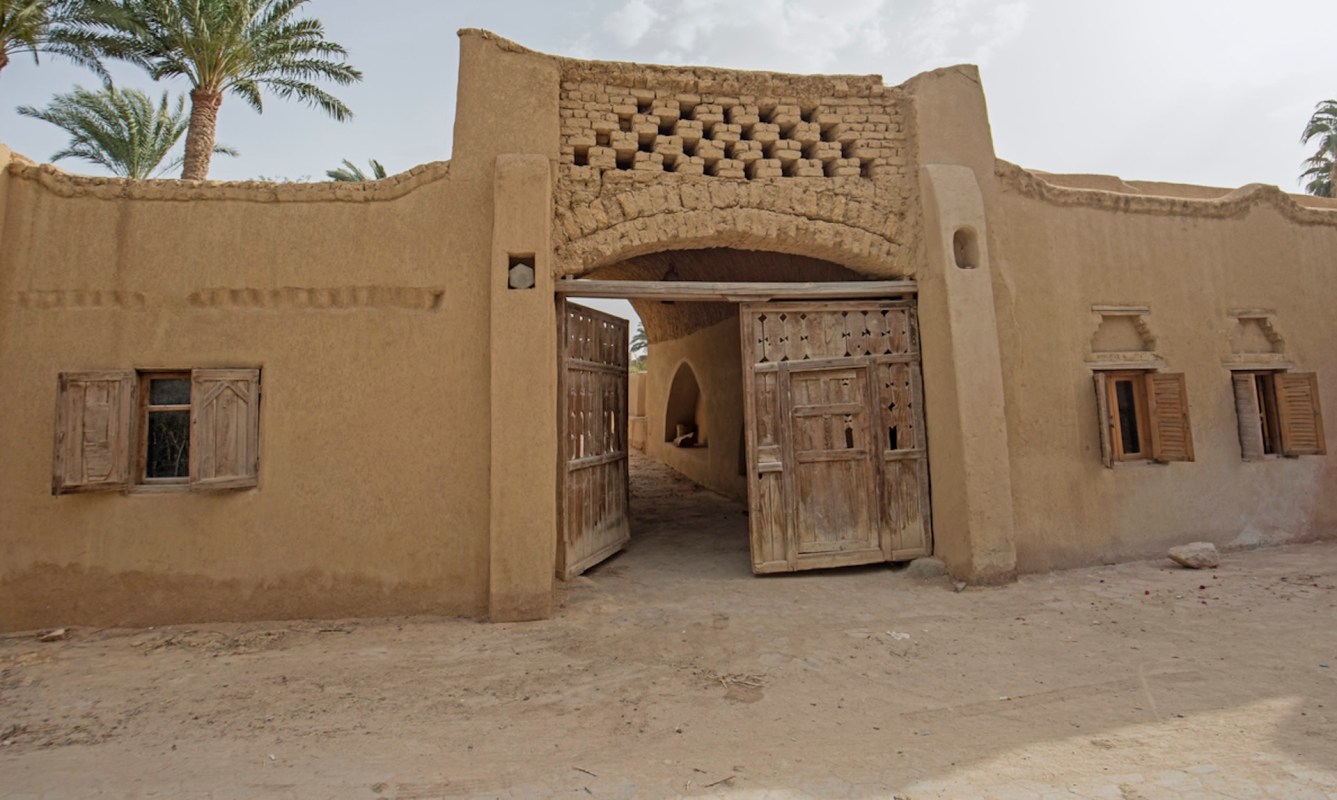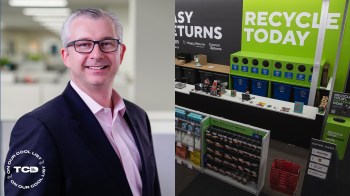Author Philip Kennicott visited some of the hottest locations in the world in order to find how to stay cool at home.
Kennicott visited the Nile River in Upper Egypt to test architect Hassan Fathy's assertion that earth, wind, and water are the fundamental building blocks for passive cooling. Fathy posited that features such as courtyard fountains, thick walls, and desert winds could all play massive roles in keeping buildings cool.
Kennicott, who chronicled his journey in The Washington Post, said that in the air shaft of a mosque in Cairo, "it felt like someone turned on the air conditioning," and experienced similar sensations in other parts of Egypt and Turkey.
"We already figured out how to coexist with the warm climate," Khaled Tarabieh, an architect and professor at The American University in Cairo, told Kennicott.
Fathy's methods utilized mud bricks that harden in sunlight and can trap cool air within a structure for hours on end. Residents of such homes also sometimes sleep on the roof at night as their houses cool down. And gardens help provide shade and evaporative cooling to surrounding buildings.
Kennicott also confirmed that even small fountains, when combined with shade, "dropped the temperature to what one might expect on a mild, early autumn day" at a cafe. And windcatchers help move cool air from outdoors to within buildings.
Finding energy-efficient ways to keep ourselves cool is one of the most essential engineering tasks we face as the world continues to dangerously overheat. Traditional air conditioners only solve immediate problems — since they're so energy-inefficient, they actually burn dirty energy that ultimately makes pollution worse in the long run.
Luckily, architects in Dubai, United Arab Emirates, are adopting passive cooling methods to reduce reliance on AC units. And other passive cooling tools, including ultra-white paint and other reflective paint, may also help keep us cool in the near future.
Join our free newsletter for cool news and actionable info that makes it easy to help yourself while helping the planet.








